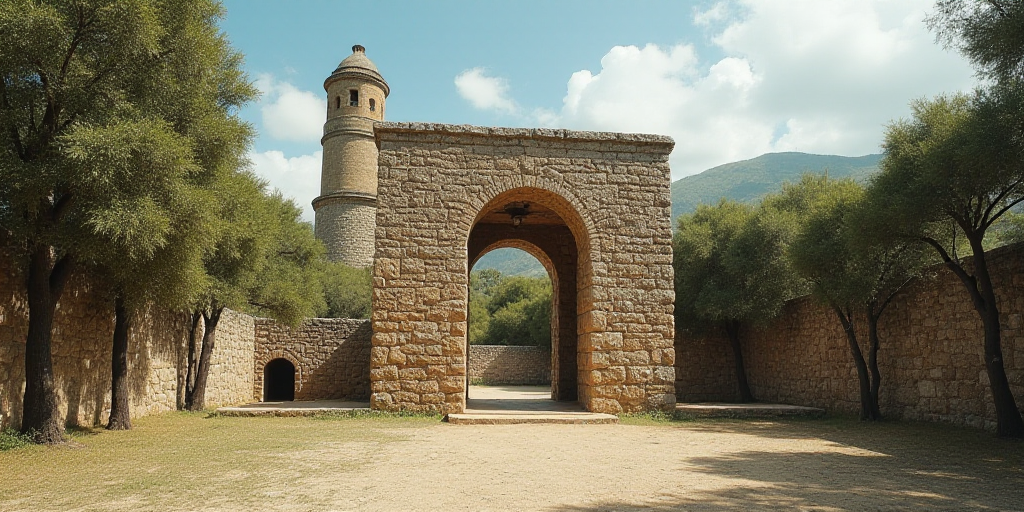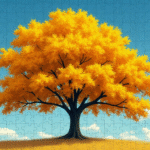Introduction to the Study
Archaeologists from the INAH Yucatán Center have conducted a detailed analysis of dental remains found in a Chultún (ancient water reservoir) at the Mayan city of Chichén Itzá, dating back over a thousand years. The study suggests that the children might have belonged to groups of traders settled in the city from around 800 AD.
The Significance of Dental Analysis
Dental analysis, or the study of teeth’s shape and size, is crucial in understanding human relationships and possible ancestry between different populations. In the Mayan region, where complete skeletons are rare due to factors like soil acidity, dental remains offer valuable insights. The researchers focused on 1,759 isolated dental pieces (outside their alveoli) found in the Chultún, which belonged to individuals aged 3 to 14.
Methodology and Findings
The team analyzed the mesiodistal (tooth length) and bucolinguales (dental arch) diameters, comparing them with similar collections from Chichén Itzá and 16 other Classic Period (250-1000 AD) sites, including Tikal, Calakmul, and Piedras Negras. They also compared the dental morphology (crown size, shape, and root count) with 25 pre-Hispanic Mayan sites.
The results, published in the journal Ancient Mesoamerica, suggest that the children’s dental morphology does not match those from the northern or southern lowlands, or the southern highlands of the Yucatán Peninsula and Chiapas-Belize mountain region.
Interpreting the Results
The researchers propose three possible scenarios:
- Scenario 1: A local group in power at Chichén Itzá sacrificed immigrants who settled in the city, implying that the children were born elsewhere and spent their final months in Chichén Itzá.
- Scenario 2: A local group acquired or captured young individuals from a different ethnicity to perform a specific offering, suggesting the children were born and raised in another location before being sent to Chichén Itzá shortly before their death.
- Scenario 3: An immigrant group in Chichén Itzá conducted the sacrifice and offering according to their customs, aiming for legitimacy; hence, the children were born and grew up within the Mayan metropolis among a migrant community.
The researchers also consider the possibility that these children could have been part of long-distance trade groups settling in Chichén Itzá around 800 AD to control maritime and terrestrial trade routes in the Yucatán Peninsula.
Future Research
The second phase of the project will involve comparative dental studies with populations from various settlements and cultural affinities, including Mayan groups, central Mexican groups (especially those of the Mixteca-Puebla style), and Gulf of Mexico communities. The combined results will help answer questions surrounding the symbolic significance of this ritual deposit.
Key Questions and Answers
- Q: What is the main focus of this study?
A: The primary objective is to determine the origins of children whose remains were found in a Chultún at Chichén Itzá. - Q: Why are dental analyses important in this context?
A: Dental remains offer valuable insights into human relationships and ancestry, as complete skeletons are rare in the Mayan region. - Q: What are the proposed scenarios for the children’s origins?
A: The researchers suggest three possibilities: local sacrifice of immigrants, acquisition or capture of children from different ethnicities for offerings, and the presence of migrant communities practicing their customs within Chichén Itzá. - Q: What does future research entail?
A: Future studies will involve comparative dental analyses with diverse populations and cultural affinities to further understand the symbolic significance of this ritual deposit.






